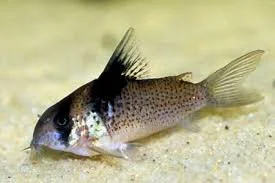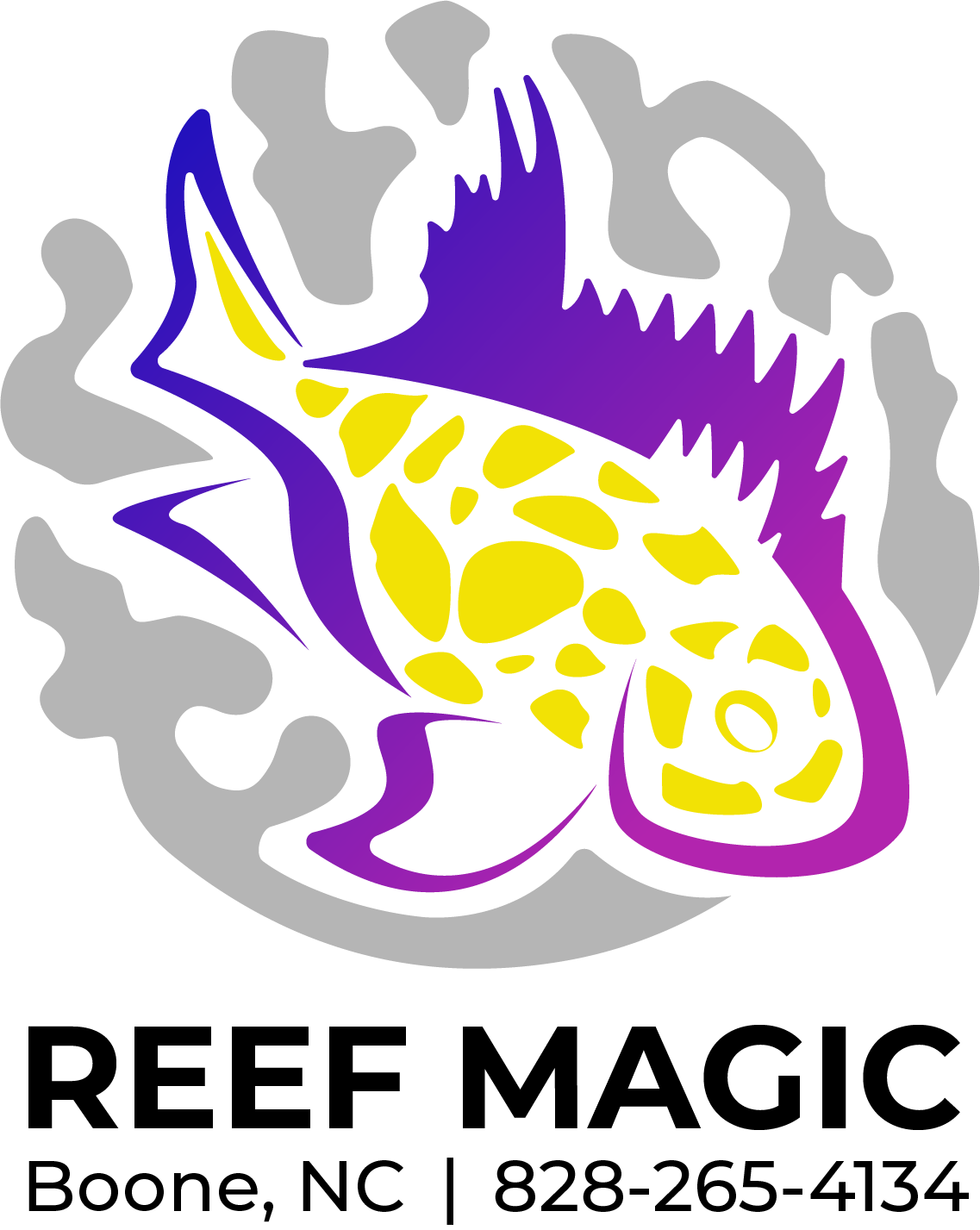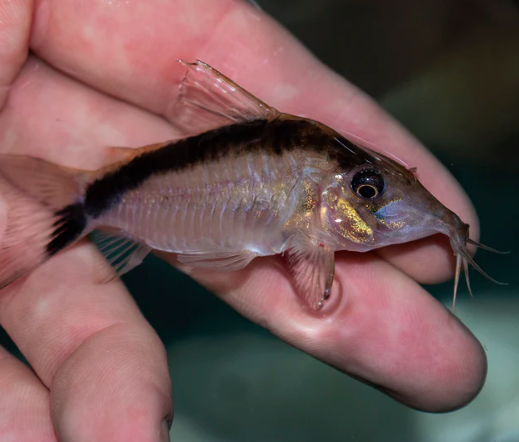 Image 1 of 1
Image 1 of 1


Cory- True Melanistius
The 𝐶𝑜𝑟𝑦𝑑𝑜𝑟𝑎𝑠 𝑚𝑒𝑙𝑎𝑛𝑖𝑠𝑡𝑖𝑢𝑠, also known as the black sail or bluespotted cory, is a small, peaceful freshwater fish reaching about 2.2 inches (5.5 cm). It has a pale, silvery body with a distinct black "shoulder" spot, a black mask, and a small black spot at the base of its dorsal fin. The fish is armored with bony plates instead of scales, has a rounded snout with barbels for foraging, and is well-suited for community aquariums.
Appearance
Size: Grows to an average of 5–6 cm (2–2.5 inches).
Color: Pale gray to silvery body with a creamy yellow base color.
Markings: A prominent black "shoulder" spot near the gill cover, a black mask over its face, and a black blotch on the dorsal fin.
Fins: Mostly transparent, with a black marking on the dorsal fin.
Body: Armored with two rows of overlapping bony plates along its sides instead of scales, a rounded snout, and barbels for finding food.
Behavior and care
Temperament: Peaceful, docile, and an excellent addition to a community tank.
Diet: Omnivorous, it acts as a scavenger, feeding on uneaten food that falls to the substrate.
Social Structure: Schooling fish that are best kept in groups of 5 or more for their comfort and natural behavior.
Natural Adaptation: It is a facultative air-breather and will occasionally swim to the surface to gulp air.
Defense: Possesses sharp, venomous spines on its pectoral and dorsal fins to deter predators. Handle with care to avoid getting "stung," which can be painful to humans and other fish.
Habitat
Native Range: Native to parts of South America, including the Essequibo River in Guyana.
Aquarium Conditions: Prefers soft, fine substrate and plenty of cover.
Water Parameters: Thrives in tropical freshwater with a pH of 6.0−8.0, hardness of 2–25 dGH, and a temperature of 22–26°C(72–79°F).
The 𝐶𝑜𝑟𝑦𝑑𝑜𝑟𝑎𝑠 𝑚𝑒𝑙𝑎𝑛𝑖𝑠𝑡𝑖𝑢𝑠, also known as the black sail or bluespotted cory, is a small, peaceful freshwater fish reaching about 2.2 inches (5.5 cm). It has a pale, silvery body with a distinct black "shoulder" spot, a black mask, and a small black spot at the base of its dorsal fin. The fish is armored with bony plates instead of scales, has a rounded snout with barbels for foraging, and is well-suited for community aquariums.
Appearance
Size: Grows to an average of 5–6 cm (2–2.5 inches).
Color: Pale gray to silvery body with a creamy yellow base color.
Markings: A prominent black "shoulder" spot near the gill cover, a black mask over its face, and a black blotch on the dorsal fin.
Fins: Mostly transparent, with a black marking on the dorsal fin.
Body: Armored with two rows of overlapping bony plates along its sides instead of scales, a rounded snout, and barbels for finding food.
Behavior and care
Temperament: Peaceful, docile, and an excellent addition to a community tank.
Diet: Omnivorous, it acts as a scavenger, feeding on uneaten food that falls to the substrate.
Social Structure: Schooling fish that are best kept in groups of 5 or more for their comfort and natural behavior.
Natural Adaptation: It is a facultative air-breather and will occasionally swim to the surface to gulp air.
Defense: Possesses sharp, venomous spines on its pectoral and dorsal fins to deter predators. Handle with care to avoid getting "stung," which can be painful to humans and other fish.
Habitat
Native Range: Native to parts of South America, including the Essequibo River in Guyana.
Aquarium Conditions: Prefers soft, fine substrate and plenty of cover.
Water Parameters: Thrives in tropical freshwater with a pH of 6.0−8.0, hardness of 2–25 dGH, and a temperature of 22–26°C(72–79°F).






